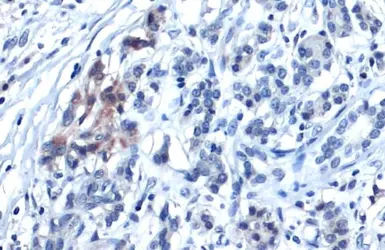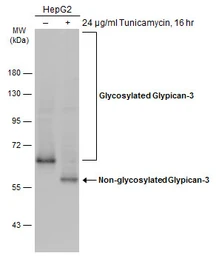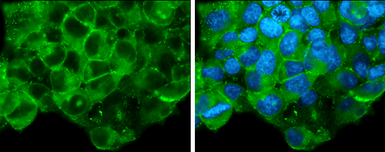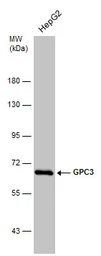Glypican-3 antibody
Cat. No. GTX130732
Cat. No. GTX130732
-
HostRabbit
-
ClonalityPolyclonal
-
IsotypeIgG
-
ApplicationsWB ICC/IF IHC-P
-
ReactivityHuman




